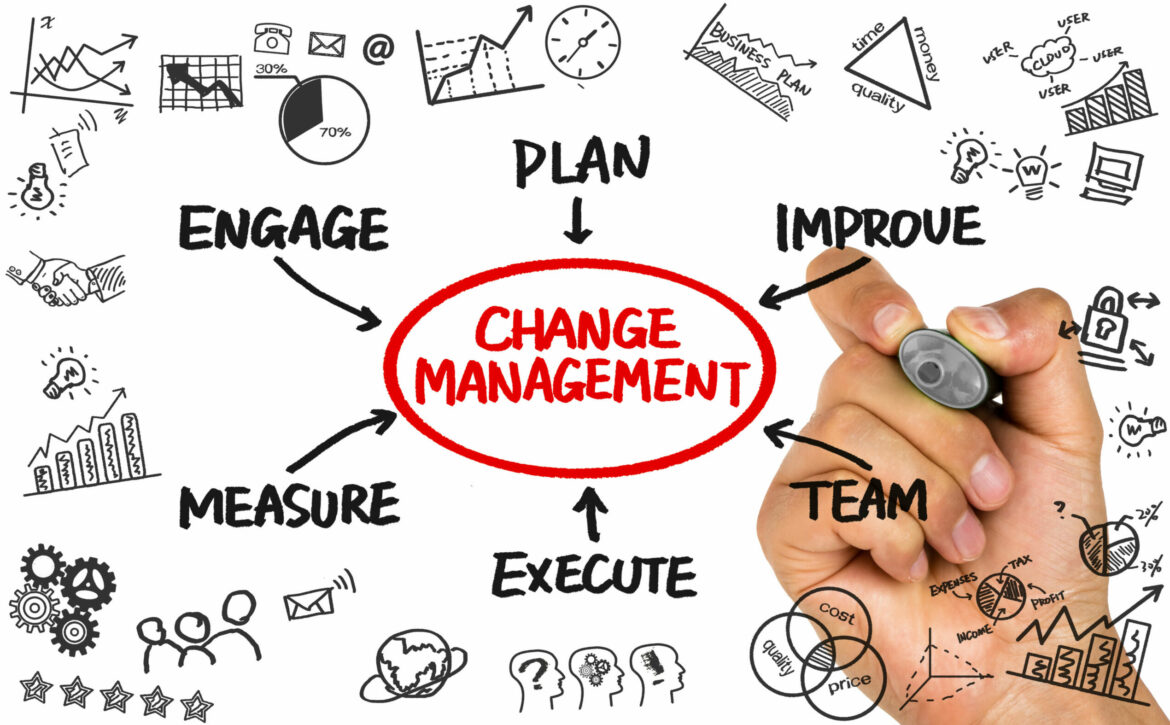Managing organizational change effectively
Organizational change management is a systematic approach to dealing with the transition or transformation of an organization’s goals, processes, and structure. It is a complex and critical process that involves making deliberate and systematic changes to an organization’s structure, processes, or culture to implement new strategies, technologies, or organizational structures. Organizational Change Management is vital for businesses as it helps manage the impact of change on employees, customers, and stakeholders. In today’s fast-paced business world, change management has become an essential part of the corporate landscape. In order to understand the different types of changes that an organization can undergo, it is important to distinguish between first-order change and second-order change, as well as between transformational and transactional change, and individual values and needs.
Why is Organizational Change Management Important?
The importance of change management lies in the fact that change is an integral part of organizational life. Organizational change can be driven by internal factors such as technology, processes, and personnel, or external factors such as market competition, customer preferences, and government regulations. Effective change management ensures that businesses remain agile, resilient, and competitive by minimizing the negative impact of change while maximizing the benefits.
Types of Organizational Change
First-order change is incremental, meaning it involves making small adjustments to existing processes or structures. First-order change typically involves refining or improving existing processes or practices, rather than making significant changes to the organization as a whole.
Second-order change, on the other hand, is more radical and transformative. It involves rethinking and redesigning the entire organizational structure or processes and often requires significant cultural or behavioural shifts. Second-order change typically requires more time, resources, and buy-in from stakeholders than first-order change.
Transformational change is a type of second-order change that involves fundamental shifts in the organization’s culture, values, and beliefs. Transformational change often requires a significant investment of time and resources, as well as a strong commitment from leadership and other stakeholders.
Transactional change, on the other hand, is a type of first-order change that involves making small adjustments to existing processes or structures in order to improve efficiency or effectiveness. Transactional change can be more easily managed and implemented, but may not result in significant improvements to the organization as a whole.
It is important to consider individual values and needs in the change management process. Employees and other stakeholders may have different preferences and priorities when it comes to change, and it is important to take these into account in order to ensure successful implementation. Engaging employees in the change process and providing opportunities for input and feedback can help to ensure that their needs are being met and that the change is well-received.
Strategies for Effective Organizational Change Management
- Plan and Prepare: The first step in effective change management is to plan and prepare for the change. This involves identifying the need for change, defining the scope, and setting realistic goals and objectives. It is also important to identify potential challenges and barriers to change and develop a comprehensive plan to overcome them. The planning phase also involves identifying the key stakeholders and communicating the change effectively to them.
- Communicate Effectively: Communication is a critical component of change management. Effective communication involves keeping employees, customers, and stakeholders informed about the changes and their impact. Communication should be timely, clear, and consistent to ensure that everyone understands the reasons for the change, what is expected of them, and how the change will be implemented.
- Build a Change Management Team: A change management team is responsible for overseeing and implementing the change. This team should be made up of employees with the necessary skills and experience to lead the change effort. The team should also be able to work collaboratively across departments and functions to ensure a smooth transition.
- Provide Training and Support: Training and support are critical components of effective change management. Employees need to be trained on the new processes, technologies, and systems to ensure that they can perform their roles effectively. This also involves providing ongoing support to employees to address any challenges or issues that arise during the transition.
- Monitor and Measure Progress: Ongoing monitoring and measurement are essential to ensure that the change is successful. This involves tracking key performance indicators, gathering feedback from employees, customers, and stakeholders, and making adjustments to the change management plan as needed.
Best Practices for Successful Organizational Change Management
- Involve Employees: Employees are the most important asset of any organization. Involving them in the change management process helps to build buy-in, ownership, and commitment to the change. This also involves listening to employees’ concerns, ideas, and suggestions and incorporating them into the change management plan.
- Stay Agile: Change is a continuous process. Effective change management requires organizations to remain agile and flexible to adapt to changing circumstances. This involves regularly reviewing and updating the change management plan to ensure that it remains relevant and effective.
- Celebrate Success: Celebrating the successes of the change management process helps to build momentum and enthusiasm. This also involves recognizing and rewarding employees who contributed to the success of the change.
Effective organizational change management is vital for businesses to remain competitive and successful. It involves a systematic approach to planning, communicating, implementing, and monitoring the change. By involving employees, staying agile, and celebrating success, organizations can successfully manage change and realize the benefits that come with it.
In summary, successful organizational change management requires a nuanced understanding of different types of change, including first-order and second-order change, transformational and transactional change, and individual values and needs. By taking a holistic and strategic approach to change management, organizations can improve their chances of success and ensure that changes are implemented in a way that benefits the organization as a whole.
Existing risk management systems at banking organizations might not be ready to face the challenges of the rapidly changing world. Poised to become the top banking industry trends for 2019 and years to come, AI-driven solutions with machine and deep learning algorithms provide a solution. As for cyber risk management, experts at Deloitte point at the following trends in the banking industry:
- Strengthen basic controls like IT asset, patch, and vulnerability management to identify and manage risks related to implementation of cloud and migration to open architecture.
- Use analytics tools and AI with security in mind.
- Build an IT infrastructure with security as a top priority: it should be able to withstand systematic attacks and long stress periods.
Fintechs and nonbanks now have a substantial influence in the banking industry. They are highly agile, innovative, and aim at exceeding the demands of modern customers in banking services and experiences. Established retail banks need to compete and often play catch-up. Still, they acknowledge the need to change, and change fast.
Thus, adopting the same approach is a potent solution for retail banks that aim at adopting the latest trends in the banking industry quickly and impactfully.




